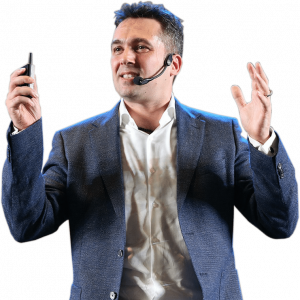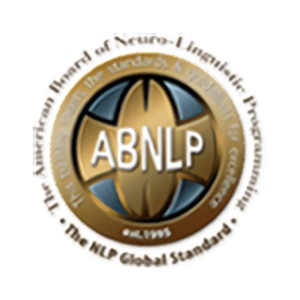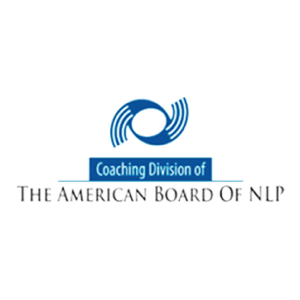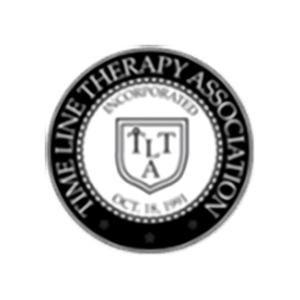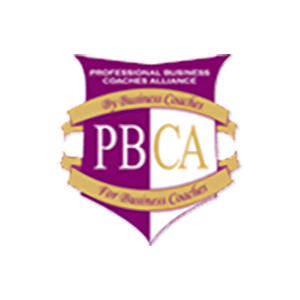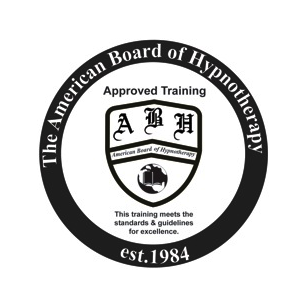NLP strategies can play a huge role in improving the quality of therapy practitioners offer their patients. With helpful visualization and mental programming techniques, neuro-linguistic programming uses a client-centric framework that prioritizes each individual’s self-assigned goals. Read on to learn more about how NLP and traditional therapy work together!
History of Neuro-Linguistic Programming?
Neuro-linguistic programming (NLP) is a therapeutic strategy focusing on personal development. The approach was developed by California-based self-help experts Richard Bandler and John Grider in the 70s.
It started by exploring the connection between your thoughts, words, and actions and healthy ways to modify the system and reach specific goals. A success-oriented approach, neuro-linguistic programming drew on theories by Gregory Bateson, Alfred Korzybski, and Noam Chomsky, Carlos Castaneda.
How Neuro-Linguistic Programming Works
At its core, NLP theories attempt to codify basic neurological patterns and create a model that can be applied to various clients. To this end, they used two strategies, the Meta-Model and the Milton Model.
In practice, the Meta-Model identifies and addresses linguistic distortions. By questioning a client’s language and unearthing their deeper thought patterns, therapists can address biases and mental blocks.
This works with the Milton Model, a hypnotherapy approach that uses visualization techniques to induce a trance-like state. By putting the client at ease, NLP experts make them more suggestible to suggestions.
Neuro-Linguistic Programming in Therapy
Modeling positive behavior, taking actionable steps towards goal setting, and effective communication form the basis of neuro-linguistic programming in therapy. This strategy uses the behavioral patterns of successful people and attempts to replicate those skills in clients.
NLP experts claim that subjective experiences combine to build a personal mental map that informs your reality. The theory holds that if you can set a clear and achievable goal, understand what steps another person used to reach that goal. You can replicate that successful process.
Using an experiential approach, clients can alter this map and how they analyze and react to various situations.
When Is NLP Used in Therapy?
NLP can be used independently or combined with talk therapy and hypnotherapy. It is an effective tool to help identify and address the root cause of a client’s problem. This approach can highlight a client’s self-perceptions and the skills and capabilities they already possess.
As a result, neuro-linguistic programming can be used to build skills like leadership, healthy communication, teamwork, and public speaking. It can also help patients overcome fears or insecurities and are an effective treatment method for many phobias, depression, and learning disorders.
Neuro-Linguistic Programming Techniques for Therapy
While the specifics will vary from patient to patient, there are a few common techniques most NLP professionals will use. These include imagery training, modeling, mirroring, incantations, and the NLP swish.
Imagery Training
One of the most common problems therapists deal with in patients is low self-esteem. Clients cannot picture themselves succeeding in their goals, which undermines their confidence. Imagery training is an NLP technique that helps people visualize success.
Therapists will make their clients rehearse the stressful situations they’re dreading, whether that’s a job interview or a presentation. An NLP expert will walk you through the experience in immense detail, from verbal interaction to confident body language, until you feel certain in your abilities.
NLP Swish
The NLP Swish technique is the complete opposite of imagery training. Here the client must force themselves to picture potential failure. Give it physical form if you’re feeling an intense negative emotion like anger or sadness. Clients who struggle with phobias can imagine the object of their fears.
Now inverse the image. If you picture your sadness, a large cloud of grey makes it smaller until it fits into the palm of your hand. The goal is to understand that your worst fears and failures are not static images.
If your mental image was cold and dark, make it warm and bright. Add comforting scents or a triumphant soundtrack.
This technique focuses your mind so it can focus on the positives and realize its capacity to convert losses into wins.
Modeling
Modeling works using principles of manifestation. By focusing on what you want and people who have achieved those goals, you can adapt your behavior for success. That means finding a mentor or role model and breaking down their success story for your benefit.
Learning from the successes and losses of others is one of the central principles of neuro-linguistic programming. NLP experts are trained to help clients model successful behavioral patterns in their professional and personal lives.
Mirroring
While choosing the right words can help you communicate effectively, they are not enough to convey intent properly. Tone, intonation, and body language greatly affect our understanding of one another.
That’s why NLP practice uses mirroring, which teaches clients to mirror the body language and speech patterns of whoever they speak to. If you can match another person’s energy and reflect on their relaxed posture, you will quickly put them at ease.
Developing a shared vocabulary in close interpersonal or professional relationships helps build trust and rapport.
Incantations
Incantations are similar to affirmations but have to meet specific benchmarks that give them an extra kick. Your chosen incantations should represent your goals, belief system, and ideology. Repeating these phrases to yourself every day will train your brain for success. Eventually, you will reach a point where simply speaking your incantations will pump you with a euphoric high.
These strategies stem from the core of NLP thinking, which relies on a growth mindset. When you create a confident worldview and visualize success, you embody the winner’s aura immediately. Once you start using these NLP techniques in your daily lives, you’ll notice clear results.
Benefits of NLP for Therapy
NLP strategies can benefit various people, from clients struggling with mental health issues to those seeking professional success.
Curing Phobias
One of the biggest uses of NLP and hypnotherapy, as separate or combined behavioral approaches, is their ability to cure phobias. Patients begin by visualizing their phobia as a physical entity and then mentally altering it.
Depending on the form they picture, clients can make their phobias smaller and duller, making them warmer or colder, louder or quieter depending on whatever quality helps reduce their discomfort. Many therapists may ask their clients to picture a scenario that strikes them with intense fear and then add a positive or uplifting soundtrack.
Improving Anxiety
By using various techniques like incantations, modeling, and imagery training, patients can learn ways to control their anxiety. Other strategies include sensory acuity, reframing, anchoring, and pacing.
With these skills, clients can learn how to deal with social situations, work stresses, and other scenarios that worsen patients’ anxiety. Some visualization techniques can even help people work through panic attacks. Similarly, anchoring and reframing strategies help NLP clients consider the same situation through a different lens.
Eliminating Bad Habits
NLP strategies focus on helping clients eliminate bad habits and replace them with alternative behaviors. One way to do this is by working through a potentially harmful scenario.
For example, if you struggle to get out of bed, you may picture a scene where your alarm rings. In this mental image, you will turn off your alarm, wake up late, and miss your bus.
Now shrink this picture and replace it with a positive scenario where you get up when your alarm rings, have enough time to make a fresh cup of coffee, and still make it to the office in time. In this alternative universe, you will win the admiration of your colleagues and the respect of your bosses, guaranteeing pay raises and promotions.
Such visualization techniques help put small habits into perspective by highlighting each decision’s potential ripple effect.
Overcoming Negative Self Perception
Focused on altering your brain map and automatic thought patterns, NLP is a great therapeutic approach for overcoming negative self-perception. Most training exercises focus on replacing negative thoughts with positive alternatives.
To meet all your goals, you must first be able to visualize that success. By embodying that confidence and energy, clients can shift how they view themselves. After all, seeing yourself as a victor allows you to set higher goals for yourself and aim for even bigger successes.
The Difference Between NLP and Traditional Therapy
Traditional talk therapy is a slow, conversation-based format that explores patients’ various problems. Therapists will structure sessions to help clients find solutions within a formal framework. Established diagnosis standards are used to prescribe treatment.
The ultimate goal of NLP is to break down mental barriers that limit a client’s thoughts and behaviors.
NLP works in an empowerment format where the mentor does not provide solutions but pushes the patient to come up with their answers. With a goal-oriented approach, this method helps patients use the resources they have to reach their aims.
Learning NLP to Use in Therapy
Many of the main NLP techniques use mental conditioning methods that can be helpful for all treatment types. Therapists can use NLP strategies for positive manifestation and visualization in regular sessions. That includes traditional talk therapy but also other approaches like hypnotherapy.
NLP promotes self-development in clients and qualities like personal responsibility, confidence building, and effective communication. Ultimately it does this by talking to the patients and attempting to understand their goals, ideals, and vision. Hence, there is a huge opportunity for therapists to implement NLP tools in their work.


